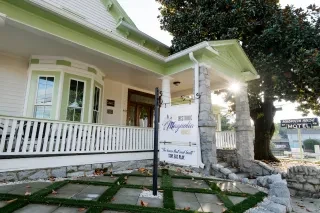
Hero - Interior Page Hero Module
Learn about African American heritage at North Carolina’s remaining "Green Book" sites and other history-rich venues.
History of 'Green Book'
First published as "The Negro Motorist Green Book" by Victor H. Green in 1936, what came to be known simply as "Green Book" was a directory of hotels, restaurants, gas stations and other establishments that African Americans could patronize during segregation. Over the years, more than 300 North Carolina businesses appeared in "Green Book," some still standing — and a few still open — today. The North Carolina African American Heritage Commission’s Green Book Project documents and celebrates these businesses, the heart and soul of our state’s African American community. Relive history at actual "Green Book" sites and visit other places rich in this culture.
Listicle View
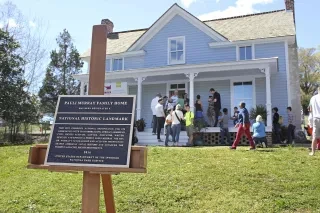
Pauli Murray House
As a women’s rights activist, lawyer and the first Black person perceived as a woman to become an Episcopal priest, Pauli Murray played an integral yet often overlooked role in the most significant movements of the 20th century. Murray spent their childhood years in Durham, where their family home was named a National Historic Landmark in 2016. The house now operates as a center for history and social justice.
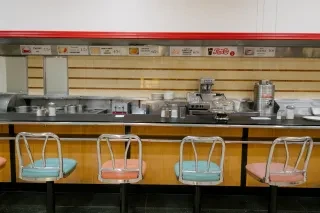
International Civil Rights Center and Museum
Housed in the Woolworth’s building that sparked a desegregation sit-in movement by four North Carolina A&T State University students in 1960, the museum offers exhibits and artifacts dedicated to civil rights.
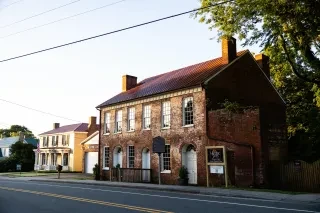
Thomas Day House and Union Tavern
African American furniture maker and cabinetmaker Thomas Day ran our state’s most productive shop in the mid-19th century. His feats are recalled at this venue, now getting a new look that will feature some of Day’s actual furniture pieces.
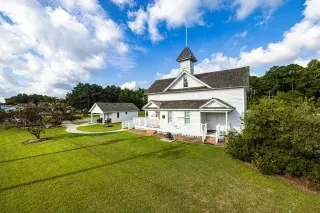
Historic Jarvisburg Colored School Museum
From 1868 until the 1950s, the school was one of few in the county to educate African American children. Today, the living-history museum features exhibits with testimonies from former students.
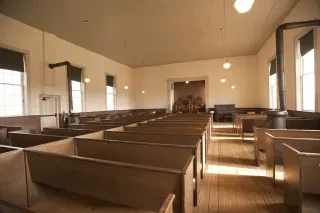
St. Philips Heritage Center
The center, which is part of the Old Salem Museums and Gardens complex, interprets the historic town of Salem. Established by the Moravians in 1766, Salem was home to many enslaved and free people of African descent. The center includes a rebuilt 1823 log church and the 1861 St. Philips Moravian Church, which is still in use today.
The Block
Asheville’s hub of African American enterprise in the late 19th and early 20th centuries was called The Block. It included restaurants, doctor’s offices, a library and a boarding house. Today, tour company Hood Huggers International offers visits to key sites and long-standing Black-owned businesses.
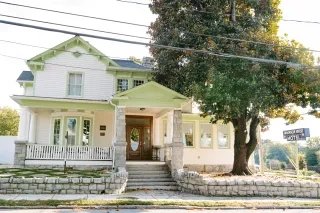
The Historic Magnolia House
Established in 1949, the Magnolia House Motel housed families visiting students at nearby historically black colleges, as well as famous African Americans like Ray Charles, Tina Turner, Jackie Robinson and James Baldwin. Six "Green Book" editions listed it as a highly recommended place to stay. Restorations finished in 2012 revived the Victorian building, which now hosts suppers and events like concerts and yoga classes set to live jazz.
Speight's Auto Service Center
Opened in 1938, Speight’s gave black motorists a place to stop for gas, oil and repairs. Forced to move for a freeway in the 1960s, it was one of the few businesses displaced by urban renewal that reopened. Speight’s still works on cars and displays memorabilia from the shop’s history.
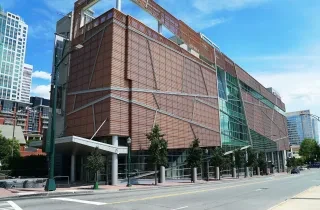
Harvey B. Gantt Center for African-American Arts + Culture
The 46,500-square-foot venue celebrates the art, history, and culture of African Americans and other people of the African diaspora through visual and literary arts, dance, music, film, educational programs, stage productions and community outreach.
Most of the North Carolina sites once listed in "Green Book" have disappeared into history, but you can see many of the businesses in their heyday, thanks to an online image archive.
Discover more historically rich attractions in The Official 2026 North Carolina Travel Guide.



